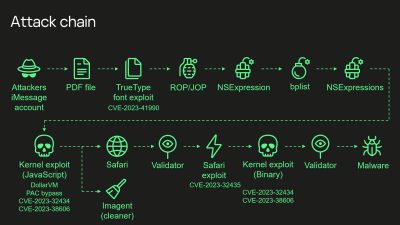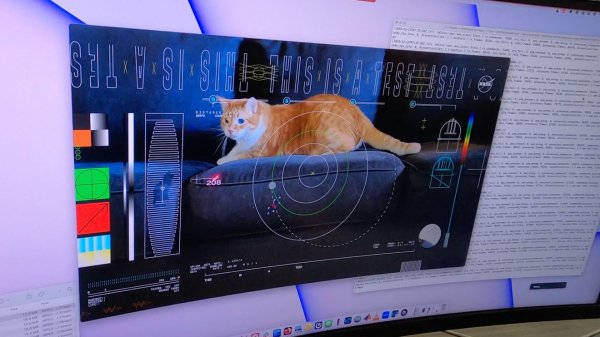Among users of Linux distributions there’s a curious one-upmanship, depending on how esoteric or hardcore your distro is. Ubuntu users have little shame, while at the other end if you followed Linux From Scratch or better still hand-compiled the code and carved it onto the raw silicon with a tiny chisel, you’re at the top of the tree*. Jokes aside though, it’s fair to say that if you were running the Gentoo distribution you were something of a hardcore user, because its source-only nature meant that everything had to be compiled to your liking. We’re using the past tense here though, because in a surprise announcement, the distro has revealed that it will henceforth also be available as a set of precompiled binary packages.
There may be readers with long and flowing neckbeards who will decry this moment as the Beginning of the End, but while it does signal a major departure for the distro if it means that more people are spurred to take their Linux usage further and experiment with Gentoo, this can never be a bad thing. Gentoo has been on the list for a future Jenny’s Daily Drivers OS review piece, and while we’re probably going to stick with source-only when we do it, it’s undeniable that there will remain a temptation to simply download the binaries.
Meanwhile this has been written on a machine running Manjaro, or Arch-for-cowards as we like to call it, something that maybe confers middle-ranking bragging rights. Read a personal tale of taking off those Linux training wheels.
* Used a magnifying glass? You’re just not cutting it!



















